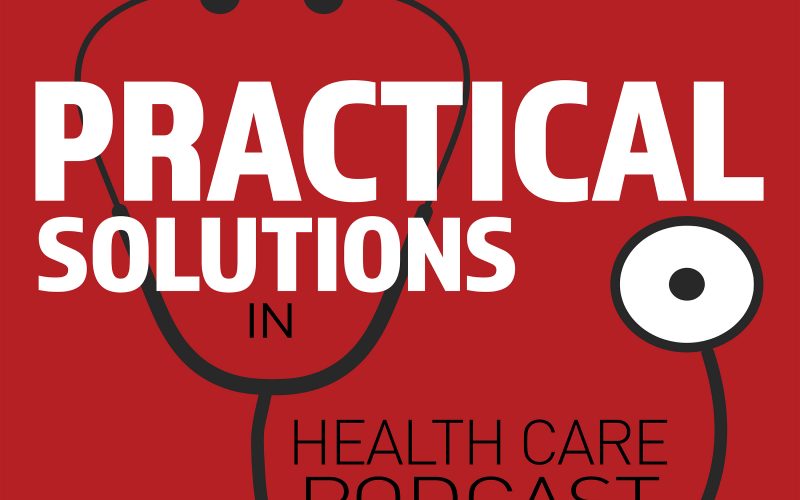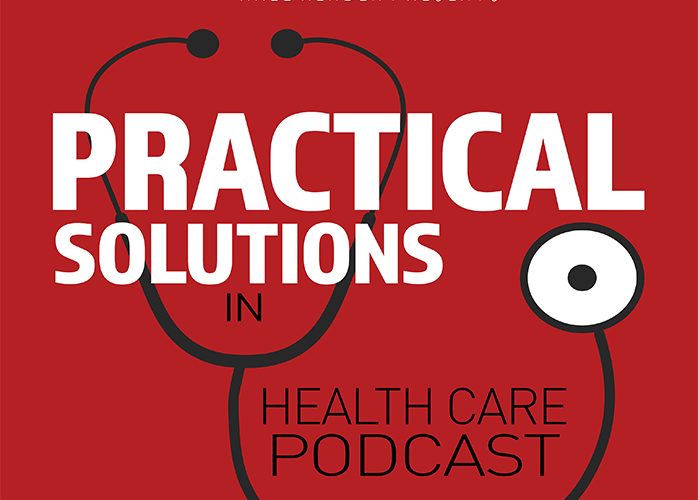Inside Baseball: 2023 Political Draft Picks
Inside Baseball: 2023 Political Draft Picks On this episode, John and Andrew discuss the latest legislative and regulatory news from Washington and conduct a “political draft” of events they believe will take place in 2023. Podcast Participants John Williams Hall Renderjwilliams@hallrender.com Andrew Coats Hall Renderacoats@hallrender.com Episode Transcript John Williams: Hello again, everybody. Welcome to another…
Read MorePodcast: Play in new window | Download
Subscribe: RSS


